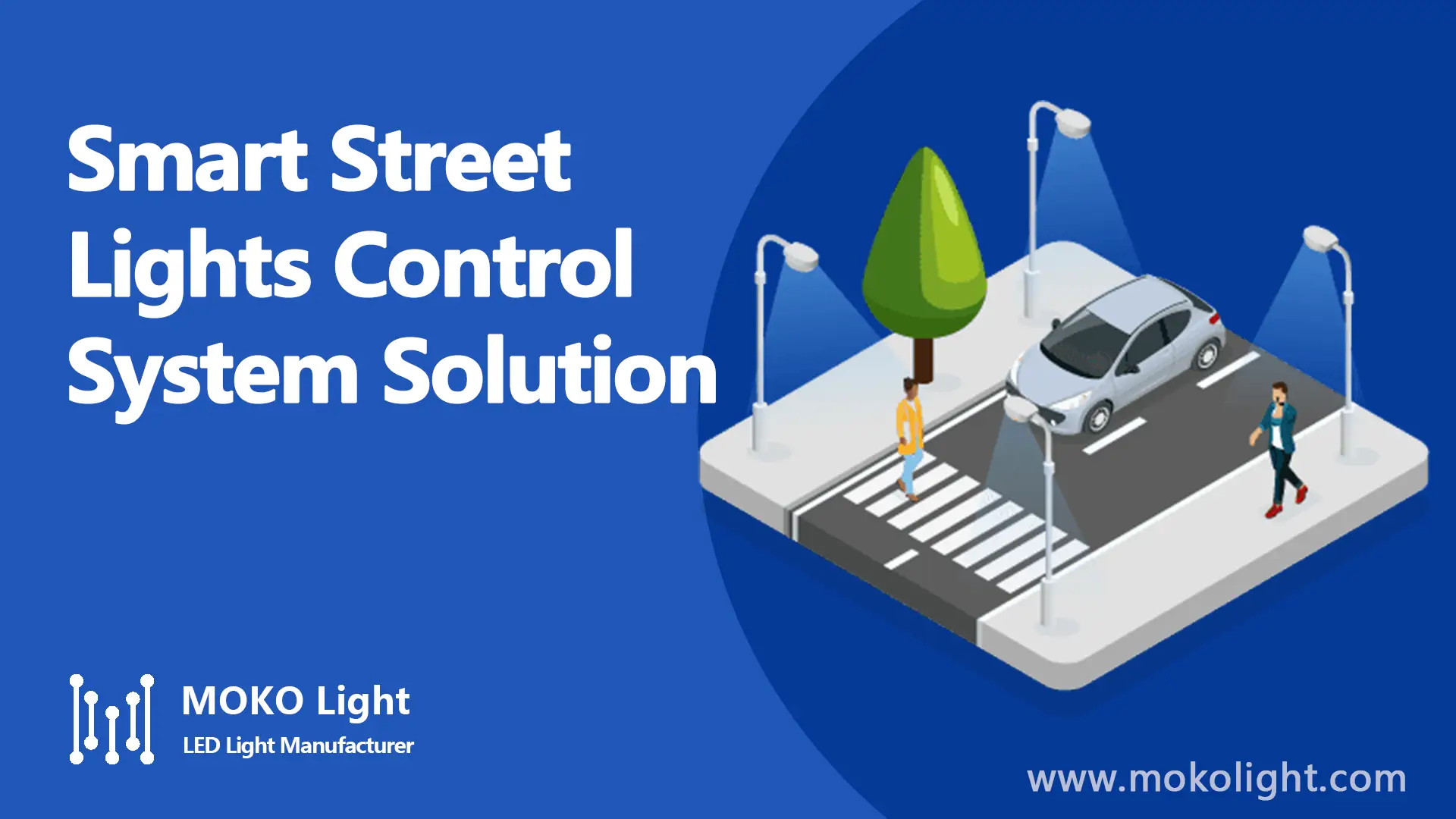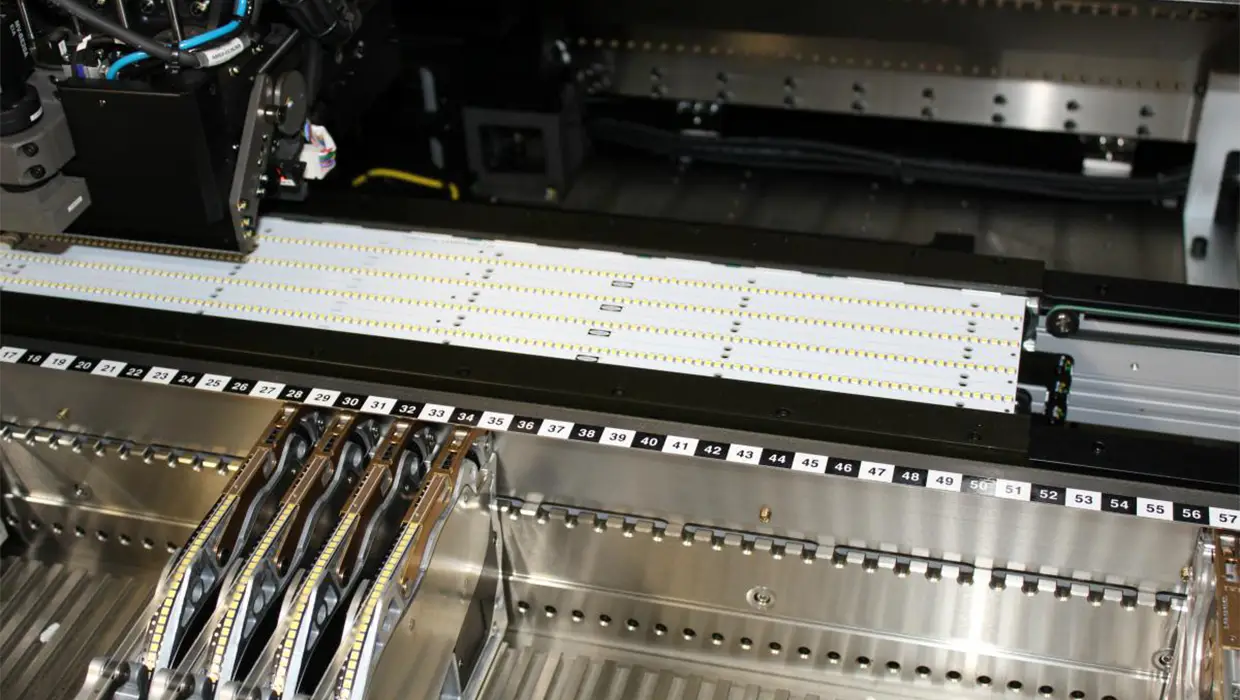For a long time, the smart street light system has applied traditional methods like PLC for data transmission. But now lots of new technology has emerged, and outperform the old ones. NB-IoT is one of them, which has low cost, wide coverage, and low power consumption. Let’s get to know how NB-IoT smart street light system works in the following passage!
Working procedures of NB-IoT smart street light system
The first layer is data collection. The collected data is stored in the controller of the street light control terminal node. Then the terminal sends it to the telecommunications NB-IoT base station via the NB-IoT module.
The second layer is the communication layer. Data is sent from the data collection layer to the base station, which then sends it to the IoT cloud platform.
The third layer, application service is in charge of aggregating the underlying data and storing it on the IoT cloud platform, which can be accessed at any time.
The fourth layer is the user layer. Managers can use the Web operation interface to control the street lights and locate faulty street lights.

Hardware composition
The hardware composition include main controller, fault detection module, light intensity detection module, GPS module, power module, NB-IoT communication module, and output control module.
When a street lamp fails, the fault detection module will compare the voltage, and then send an alarm signal to the main controller.
The light intensity detection module detects the intensity of external light using a photoresistor and transmits the signal to the main controller via A/D mode.
The GPS module uses satellites to locate street lights and transmits positioning data to the main controller via UART.
The microcontroller in the main controller is a single-chip microcomputer, which meets the basic requirements for street light data processing. Through another UART, the main controller sends data to the NB-IoT communication module, which then transmits the data to the NB-IoT cloud platform.
The output control module’s function is to generate electrical signals that control street lights based on program settings.
Circuit design
The NB-IoT wireless communication module is made up of an NB-IoT module, a SIM card holder, a serial port circuit, a filter antenna, a reset circuit, and a power module. This module sends data from the main controller to the IoT cloud platform via the Internet. These data is about real-time status of street lights, GPS information, and fault status. It also receives control commands sent by users via the Internet. Data transmission adheres to relevant communication protocols. As for interfaces, UART, I2C, and SPI are the common choice.
Software development
First, to create a hardware driver program, it is necessary to select the appropriate driver based on the chip type and specific hardware design, and then transplant and adapt it.
Then, the core of software development is application development. It includes functional modules such as data transmission, street light control, and data storage. The data transmission module must include data upload and download functions, as well as support for communication protocols such as HTTP and TCP/IP. The street light control module should support remote and local control, together with switching and brightness control of street lights. The data storage module is used to store street light status data and related parameters, which can be implemented using a database or file system.
Conclusions
In this passage, we talk about the hardware composition, circuit design, software development, and working procedures of NB-IoT smart street light system. Through hardware, circuit, and software design, NB-IoT provides a better way of data transmission. It makes the smart street light system more efficient.




